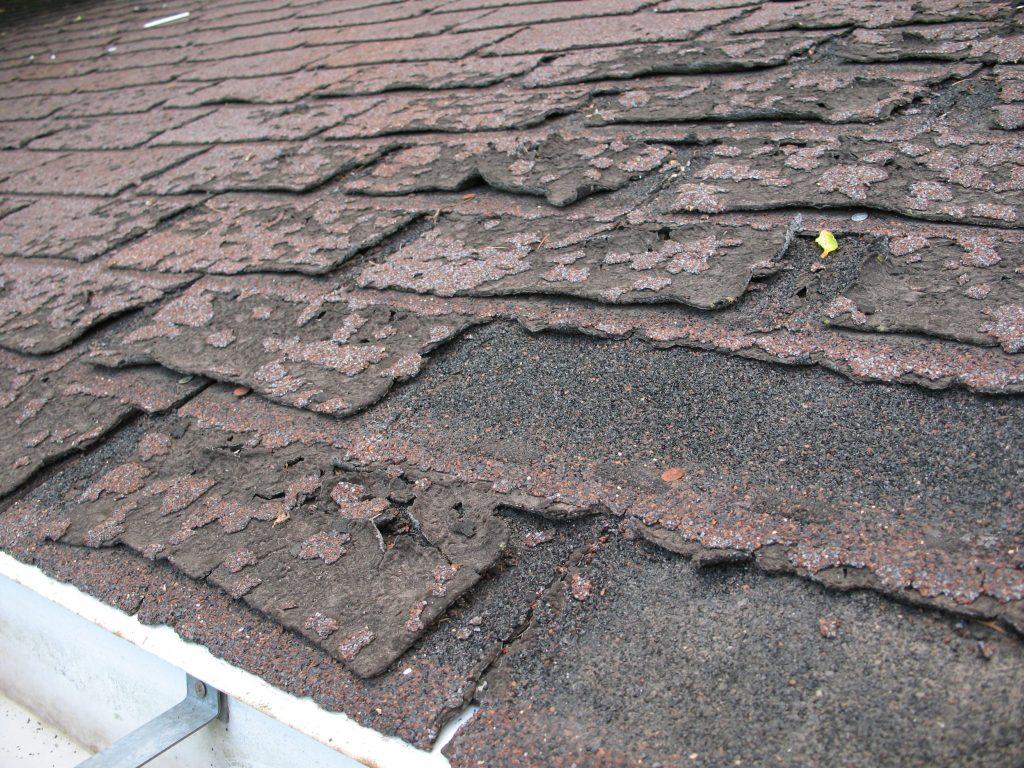When it comes to your home’s roof, ensuring its longevity and durability is essential. Roof shingles play a significant role in protecting your home from the elements, and understanding the warranty on roof shingles is a crucial part of safeguarding your investment. In this article, we will delve into the world of shingle warranties, explaining what they cover, what to look for, and how to make the most of your shingle warranty.

Shingle Warranties: What Are They?
A shingle warranty is a written guarantee provided by the manufacturer, promising that the roofing shingles will perform as expected for a specified period. These warranties vary in terms of coverage and duration, and understanding the details is vital.
Understanding the Types of Shingle Warranties
- Material-Only Warranty: This type of warranty covers defects in the roofing material itself. It typically has a relatively short duration, often ranging from 5 to 15 years.
- Limited Warranty: A limited warranty provides more extensive coverage than a material-only warranty. It may include protection against manufacturing defects, protection from premature granule loss, and sometimes coverage for workmanship errors.
- Extended Warranty: Some manufacturers offer extended warranties that extend coverage for a more extended period. These warranties often come at an additional cost.
What Is Typically Covered by a Shingle Warranty?
While the specifics of what a warranty covers can vary, here are some common items that are often included:
- Material Defects: The warranty typically covers manufacturing defects in the shingles, such as cracks, curling, or blistering.
- Premature Granule Loss: Many warranties protect against granule loss, which can occur as a result of weathering.
- Workmanship Errors: Some warranties include protection against workmanship errors, although this is less common.
What May Not Be Covered?
It’s equally important to understand what is not typically covered by a shingle warranty:
- Natural Wear and Tear: Shingles are exposed to the elements, and some wear and tear over time is considered normal.
- Improper Installation: If the shingles were not installed correctly, this may void the warranty.
- Acts of Nature: Damage from extreme weather events, like hurricanes or hailstorms, is often excluded from warranties.
How to Make the Most of Your Shingle Warranty
To get the most out of your shingle warranty, consider the following:
- Read and Understand the Warranty: Start by reading and thoroughly understanding the terms of your shingle warranty. This will help you know what’s covered and what’s not.
- Proper Installation: Ensure that your shingles are installed correctly by experienced roofing professionals. Improper installation can void your warranty.
- Regular Maintenance: Perform regular roof inspections and maintenance to identify and address issues promptly.
- Document Everything: Keep records of any repairs, inspections, and maintenance. This documentation can be valuable if you ever need to make a warranty claim.
Conclusion
A warranty on roof shingles is your assurance that the investment in your roof will be protected. By understanding the types of warranties, what they typically cover, and how to make the most of them, you can ensure that your home remains well-protected and that your shingles provide long-lasting performance. When in doubt, consult with your roofing professional for guidance on making the most of your shingle warranty.



Leave a Reply